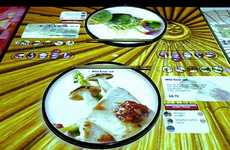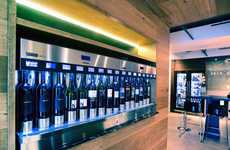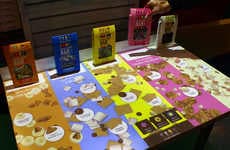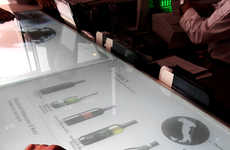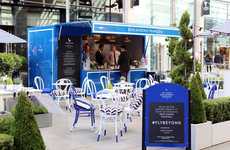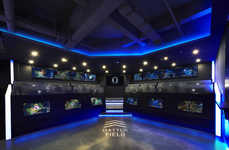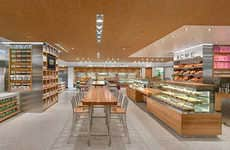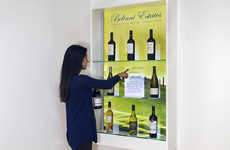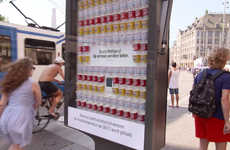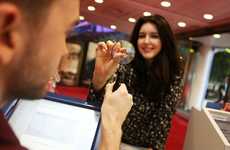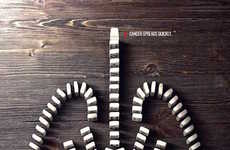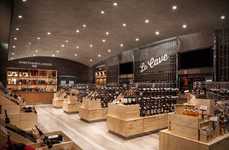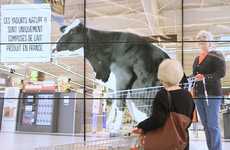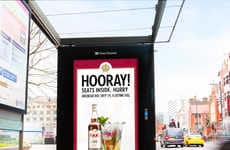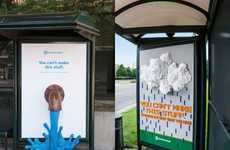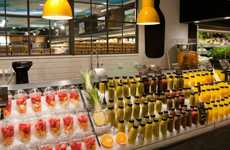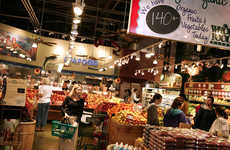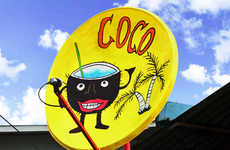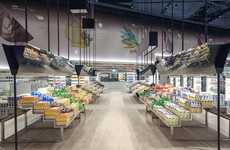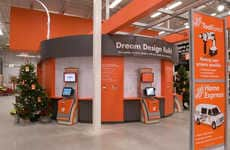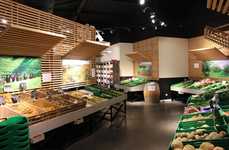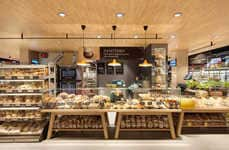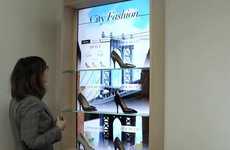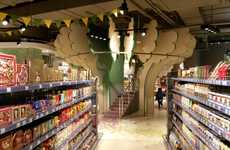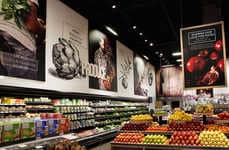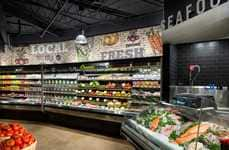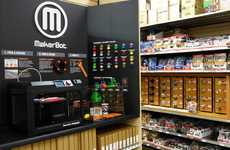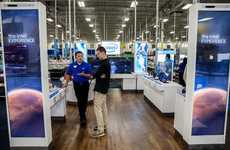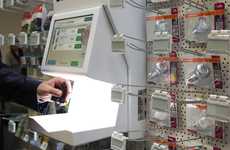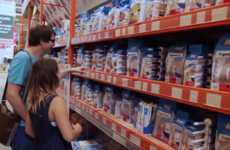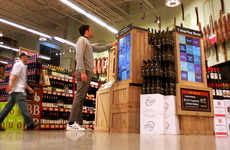
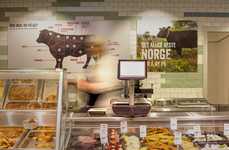
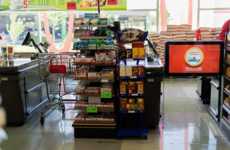

Retailers reduce marketing costs through small-scale techniques
Implications - In an effort to cut down on marketing costs, retailers are implementing in-store techniques that encourage impulse purchases. Either through the use of automated screens, or educational store designs, this approach bypasses costly out-of-home campaigns with more targeted content. Ultimately, this progression is an example of the ways in which retail environments are being redesigned to better address evolving shopping behavior.
Workshop Question - How could you adjust your brand or product to encourage impulsive engagement from consumers?
Trend Themes
1. In-store Behavioral Marketing - Targeted advertising through automated screens and educational store designs encourages impulse purchases and reduces marketing costs.
2. Interactive Shopping Environments - Retailers are utilizing technology and customization to engage customers and improve the shopping experience.
3. Eco-friendly Home Improvement - Sustainable and non-toxic products are becoming a standard in home improvement, creating an opportunity for retailers to curate and educate consumers on eco-friendly choices.
Industry Implications
1. Retail Industry - The shift towards in-store behavioral marketing and interactive shopping environments is changing the way that retailers engage with customers.
2. Marketing Industry - Effective targeted advertising and the use of experiential marketing is becoming increasingly important for businesses to attract and retain customers.
3. Home Improvement Industry - Eco-friendly home improvement is an emerging trend that presents opportunities for companies to offer sustainable products and education to consumers.


